
Do you remember seeing Philippe Stark's Louis Ghost chair for the first time? Maybe you were struck by how its form is eerily highlighted by its translucent materials; the chair is a stunning postmodern translation of the classic Louis XVI armchair. As a testament to its popularity, you'll find Stark's chair littered in lobbies, coffee shops, and industrial design museums around the world. But is the Louis Ghost really that different than the classic it's based on?
Despite its difficulty, judges, juries and patent offices around the world are routinely tasked with answering some variation of this question when deciding whether designs like the Louis Ghost are creative enough to warrant intellectual property protection. To complicate matters, they're required to answer these questions as if they were transported back in time to the exact moment when the design was first created, and they're usually asked to apply these standards through the eyes of a person with a level of expertise they do not share (e.g., a consumer of these designs, expert, etc.). While they can take cues from things like the design's commercial success or the accolades it receives, it's hard to escape the inherent subjectivity of these standards.
Recognizing this subjectivity, many countries have purposely set low bars for protection. Instead choosing clarity in application (i.e., more false positives), while granting a weaker set of accompanying rights. Others have left the bar high (i.e., more false negatives), accepting the possibility of erratic application as a tradeoff for the increased competition and downstream innovation that accompanies a market with fewer intellectual property rights. Yet many nations appear to have put little thought into this calculus at all, granting strong protection to lackluster designs or virtually no protection to the most creative. And to make matters worse, regardless of the approach, the rules that govern the application of these standards are woefully complex and usually out of touch with the creative process.
In an effort to better understand these standards, the Max Planck Institute could use your help with a new study it is conducting. The Institute is most interested in the application of creativity requirements in patent law and ultimately what impact this has on innovation in design.
This survey revolves around a series of brief hypothetical juror scenarios where you are asked to apply some of the complex rules alluded to before. Don't worry, we've boiled them down to their most rudimentary forms so that you'll walk away from the short survey with a better understanding of the law. In addition, at the end of the study, the Institute will email people their results and let them know how they did in comparison to the actual court outcomes. At the end of the survey, there is a lot of helpful information for designers that are interested in learning more about these standards and other important rules that govern design protection. Regardless of your feeling towards intellectual property protection in this area (or even the dispute between Apple and Samsung that has placed a spotlight on it) you should find the study fun and helpful. Additionally, if you are selected, the MPI will give you money to donate to any design-related charity you wish.
-OR-
Read more about Design Patent Law in our series, The Design of Design Patents: What Every Designer Should Know About Protecting Their Work.
(more...)

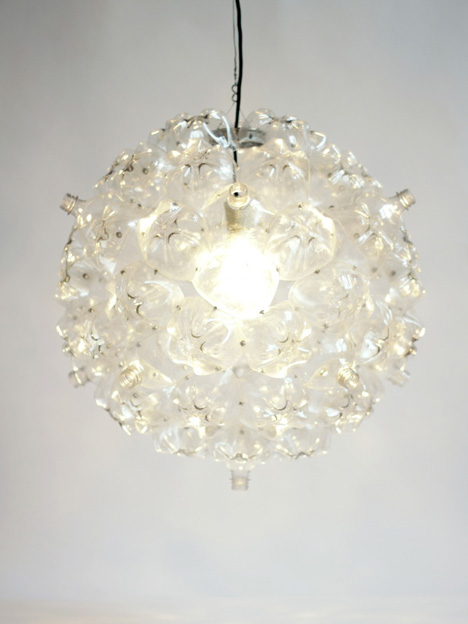

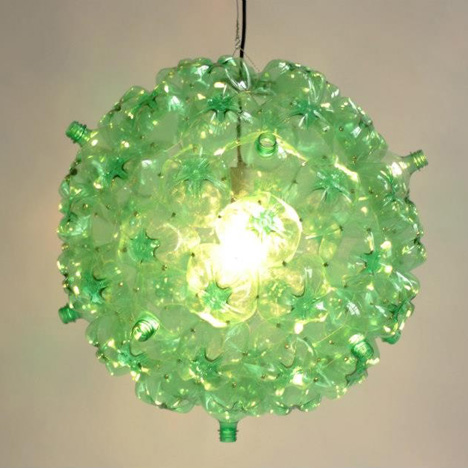







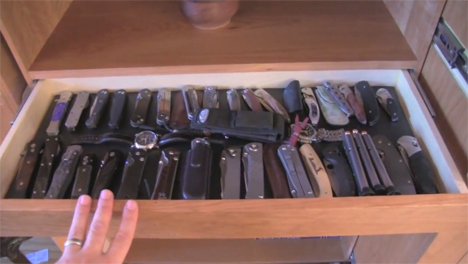
 Images via
Images via 
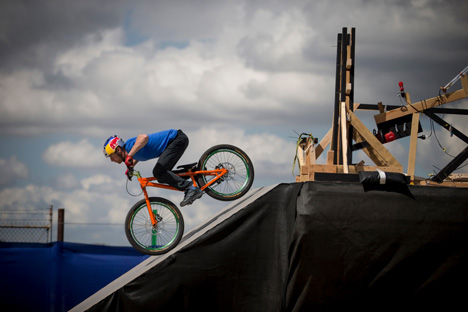



 The other night, I caught myself riveted to one of those blocks of cable programing one stumbles upon with increasing frequency: back-to-back episodes of some show you've never heard of. On this particular evening the focus was Animal Planet's
The other night, I caught myself riveted to one of those blocks of cable programing one stumbles upon with increasing frequency: back-to-back episodes of some show you've never heard of. On this particular evening the focus was Animal Planet's 










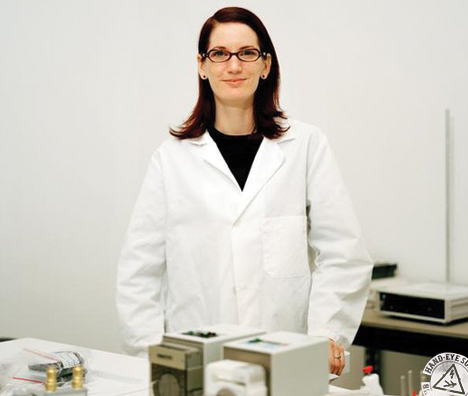



 Pratt's student run magazine illustrates data, through, well illustrations
Pratt's student run magazine illustrates data, through, well illustrations 












